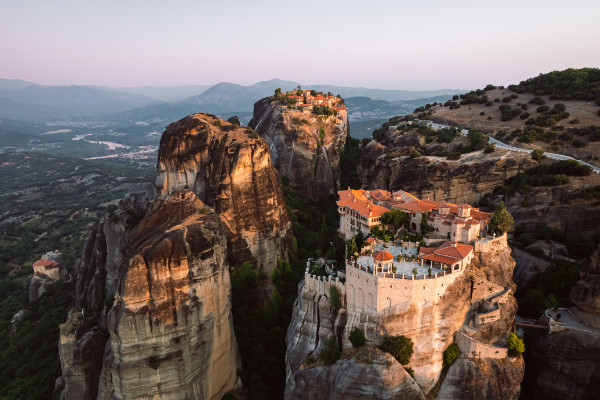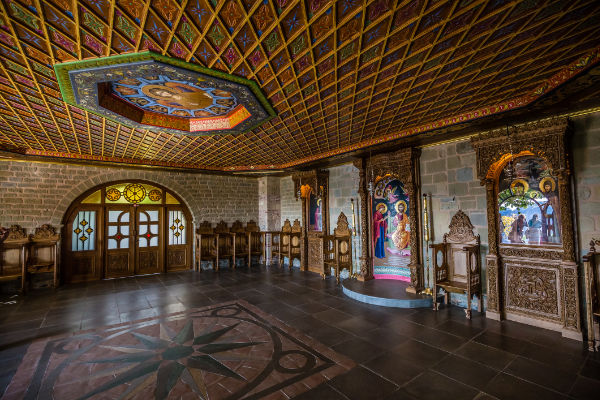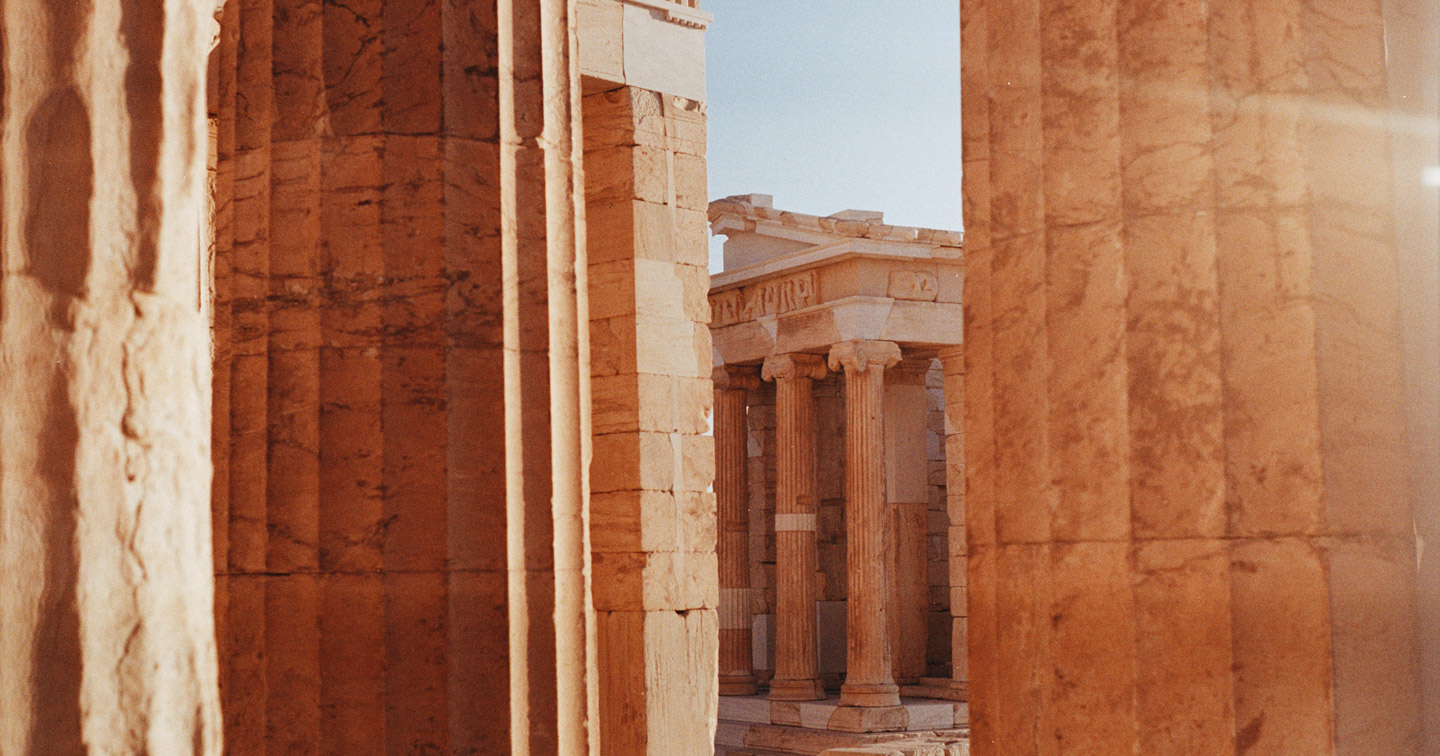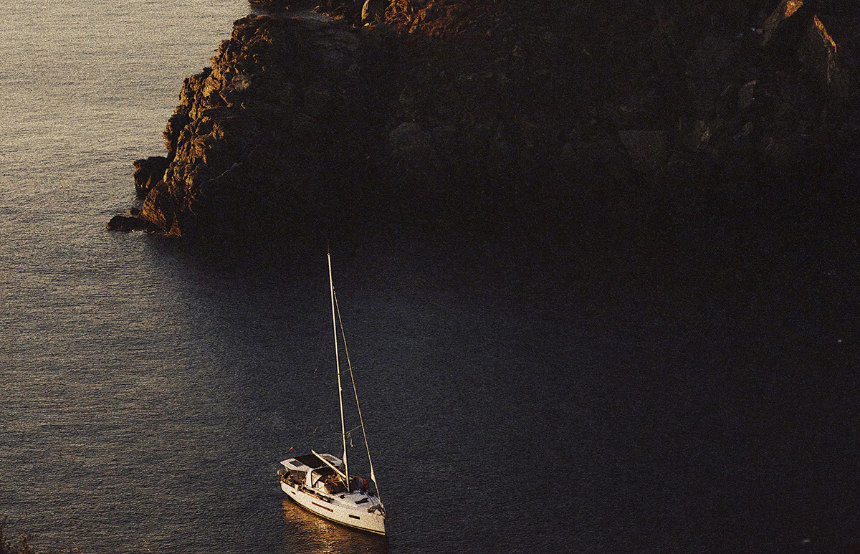
Published 14th Mar. 2024
Reading time
Meteora, which translates directly to ‘suspended in the air’, is a destination sure to leave you in awe. Spotted by medieval monks in the Thessaly mountains, the striking rock formations here captured their imagination, leading to the questionable (but ultimately impressive) decision to build monasteries on top of them. Today, six active monasteries stand as a testament to this remarkable history, each offering a distinct, awe-inspiring experience infused with religious significance. Read on to discover all you need to know about visiting the Meteora monasteries.
The Meteora monasteries, in central Greece, are famous for a number of reasons. Firstly, their breathtaking position balanced atop towering rock pillars is enough to catch a curious eye – there are few places where ancient monuments are built 1,000ft in the air. Secondly, these monasteries hold profound spiritual significance within the Eastern Orthodox Christian tradition, established by monks in the 14th century as places of seclusion and worship. Designated as UNESCO World Heritage sites, they embody an extraordinary fusion of human endeavour with the natural environment. The six monasteries are the Holy Monasteries of Great Meteoron, Varlaam, Rousanou, St. Nicholas Anapafsas, St. Stephen and Holy Trinity. You may recognise the monastery of the Holy Trinity from James Bond: For Your Eyes Only, which helped mark the monasteries as one of the most recognisable landmarks in Greece.

The visiting hours and days vary across the six monasteries. From the start of April to the end of October, the times are as follows: Great Meteoron is open from 9am to 3pm and is closed on Tuesdays; Varlaam is open from 9am to 4pm and is closed on Fridays; Rousanou is open from 9am to 4.30pm and is closed on Wednesdays; St. Nicholas Anapafsas is open from 9am to 5pm and is open every day; St. Stephen is open from 9am to 1.30pm and 3.30pm to 5.30pm and is closed on Mondays; and Holy Trinity is open from 10am to 4pm and is closed on Thursdays.
From the start of November to the end of March, the times are as follows: Great Meteoron is open from 9.30am to 2pm and is closed on Tuesdays, Wednesdays and Thursdays; Varlaam is open from 9am to 3pm and is closed on Thursdays and Fridays; Rousanou is open from 10am to 2pm and is closed on Wednesdays; St. Nicholas Anapafsas is open from 9am to 4pm and is open every day; St. Stephen is open from 9.30am to 1pm and 3pm to 5pm and is closed on Mondays; and Holy Trinity is open from 10am to 4pm and is closed on Thursdays.
As with many places of worship, there’s a dress code to enter the Meteora monasteries. Visitors are expected to dress modestly in clothing that covers their shoulders and knees (this means avoiding shorts, vests, etc.). Additionally, some monasteries may provide wraps or skirts for visitors who arrive in attire that doesn't meet the dress code standards. It's always a good idea to check ahead of time for the specific monastery you plan to visit for their dress code guidelines.
The number of stairs at each of the Meteora monasteries varies depending on which one you visit. The Monastery of the Holy Trinity and Great Meteoro have over 300 steps each, while Rousanou, Varlaam and Saint Nicolaos have an average of 140. Whichever you visit, it’s sure to be a workout.

Every monastery has a three-Euro admission fee per person, while children under 12 years old are exempt from entrance fees.
How long is a piece of string? Depending on your fitness level, transportation, time available and weather conditions, the number of monasteries you can fit into a day changes from person to person. We recommend scheduling in visits to no more than three, as a slow-paced adventure means you can appreciate all the magic they have to offer.


We have travelled all over mainland Greece and its island-studded ocean to seek out the best spots, allowing us to plan truly bespoke trips. Whether touring the Acropolis with an art historian or meeting seasoned ceramicists at a local workshop, we work with the best local guides to help you get under the skin of Greece. We know how to avoid the crowds and the heat (like only booking Olympia tickets after 4pm), while our clued-up Concierges are our eyes and ears on the ground, offering insider tips on the hottest tickets and newest openings. This means we can recommend hidden island hideaways before the masses find out about them...
ENQUIRE NOWPractical advice and inspiration for your next trip

When it comes to romance, Greece’s islands set the bar high. From Paros’ sun-kissed beaches and Folegandros’ blush-pink blooms to Sifnos’ culinary delights and Hydra’s slow-paced streets, each island radiates beauty. Whether you fall in love with the sunset in Santorini or the atmosphere in Apollonia, the perfect spot awaits. Read on to discover the most romantic islands in Greece... Paros Folegandros Sifnos Hydra Santorini Paros Best for:
27th October 2025 - Greece Travel Inspiration

On a recent research trip to the Peloponnese in Greece, our Europe specialist, Emily, self-drove around the region’s most photo-worthy spots. When she wasn’t basking in the sun on Elafonisos’s beaches or devouring Greek dishes at local tavernas, she was putting on her history hat and exploring the ancient archaeological sites of Mycenae and Epidaurus. From Arcadia’s muscular mountains to the velvety sands of the Mani Peninsula, it was an adventure to remember.
17th June 2025 - Greece Travel Tips

Often overlooked by holidaymakers seeking an authentic Greek experience, the Saronic Islands deserve their moment in the spotlight. Boasting the quintessential Greek combination of dazzling blue sea, skies and vivid green pine tree-covered hillsides, Spetses is one of the best-kept Saronic secrets (until now). Wealthy Greeks have been frequenting their villas on the idyllic isle for years, parking their superyachts offshore for the season; come September, the millionaires have left, and the island reverts to its charming normality.
8th June 2025 - Greece Travel Inspiration

Our team of destination experts will get to know you and your unique requirements for your holiday

We work with you to build an ultra-personalised holiday itinerary with your choice of accommodation, experiences and activities

All of our holidays include little extras designed to make a big difference to your trip, from fast-tracking you through airport check-in and security to our network of local Concierges